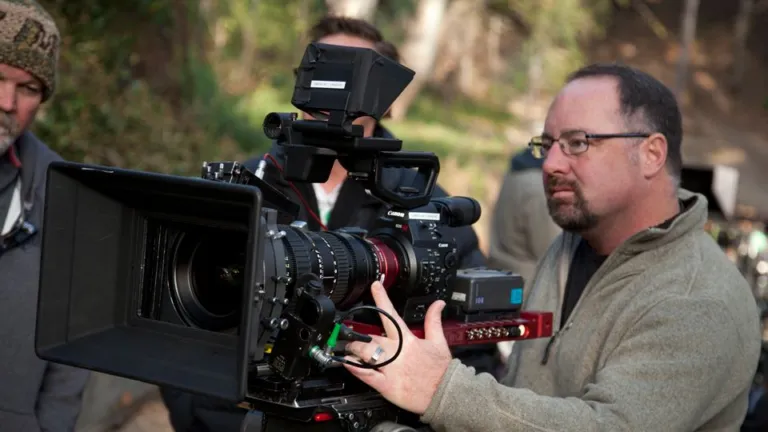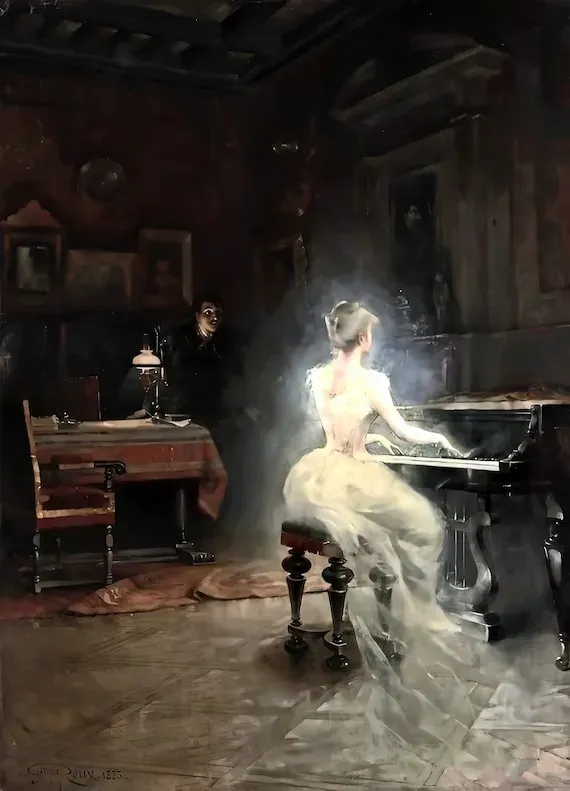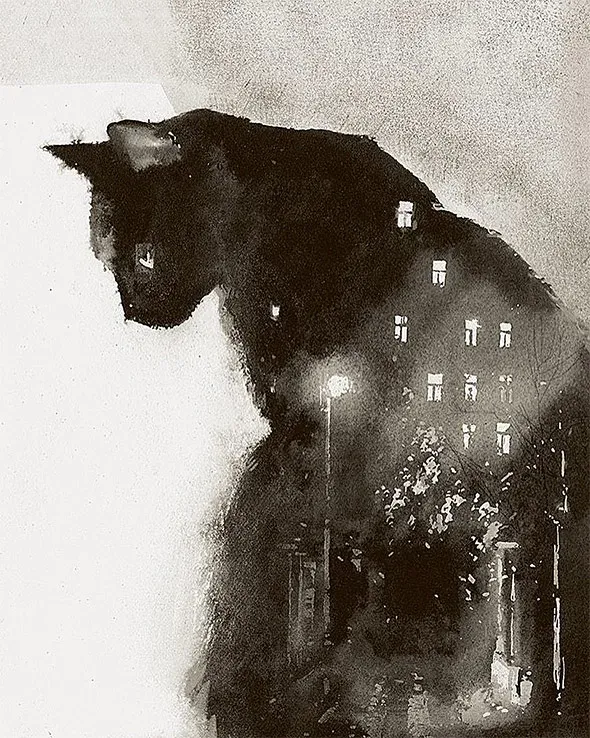Zdzisław Beksiński – Anguish and Decay
Zdzisław Beksiński: Anguish and Decay is universally recognized as one of the greatest masters of surreal art and visual horror of the 20th century. Although he is primarily famous for his paintings and drawings, Beksiński also explored the world of photography, creating a body of work that, while less known than his paintings, reveals an equally unsettling and visionary approach. His photography, like his painting, is permeated by a sense of alienation, anguish, and decay, exploring deeply rooted themes in the human psyche and its most ancestral terrors.
 The Origins and Influence of Photography in Beksiński’s Work
The Origins and Influence of Photography in Beksiński’s Work
Zdzisław Beksiński was born in 1929 in Sanok, a town in the southeastern part of Poland. He studied architecture at the University of Kraków, a training that would profoundly influence his artistic work, including his photography. In the 1950s and 60s, Beksiński began to take an interest in photography, a field that was still relatively new as an art form in Poland. This early phase of his career focused on experimenting with various visual media, including photography, drawing, and sculpture.
Beksiński’s interest in photography was not limited to the mere act of capturing images; rather, he was interested in exploring how photography could be used to express the same unsettling and surreal visions that populated his imagination. His shots are often described as “pictorial photographs” because they aim to transcend the boundaries of traditional photography to create something more abstract and psychologically complex. Beksiński manipulated lighting, shadows, and composition to create images that appeared more like paintings or scenes from nightmares than conventional photographs.
The Aesthetic of Darkness and Unrest
Beksiński’s photography is characterized by a bold use of chiaroscuro and highly suggestive composition. As in his paintings, Beksiński’s photographs tend to explore themes related to death, decay, loneliness, and the distortion of reality. His images often feature isolated, distorted, or completely dehumanized figures, immersed in desolate and spectral landscapes. These figures seem to be prisoners of parallel worlds or alien dimensions, far from any form of salvation or redemption.
A recurring theme in Beksiński’s photography is the transformation of the human body. Many of his images depict bodies that appear dismembered, fused with the surrounding environment, or transformed into monstrous and grotesque entities. Beksiński was fascinated by the materiality of the human body, its vulnerability, and its inevitable decay. This interest in flesh and mortality is clearly reflected in his photography, which often portrays the body as an empty shell or as something deeply altered and disturbing.
The use of light and shadow is crucial in creating the atmosphere of unease that permeates Beksiński’s photographs. The lighting is often dramatic and contrasted, with beams of light cutting through the darkness to reveal fragments of images, leaving the rest shrouded in mystery. This treatment of light helps create a sense of tension and ambiguity, inviting the viewer to explore the images more closely in search of hidden meanings or disturbing details.
 The Manipulation of Time and Space
The Manipulation of Time and Space
Another distinctive element of Beksiński’s photographic work is his manipulation of time and space. Many of his images seem to belong to an alternate dimension, where time is suspended, and space is distorted. This sense of dislocation is achieved through the use of unusual perspectives, the superimposition of images, and the distortion of forms. Beksiński’s photographs never represent a linear or recognizable reality; rather, they are fragmented visions of an inner world, a reality filtered through the artist’s fears and obsessions.
Beksiński’s images often challenge traditional perceptions of space. Horizon lines are tilted, the proportions of figures are altered, and the distances between objects seem unnatural. This spatial manipulation helps create a sense of disorientation and alienation, immersing the viewer in a world where the laws of physics and logic have been subverted. These characteristics make his photographs more like fragments of dreams or visions than representations of reality.
The Influence of Photography on Beksiński’s Painting Style
Although Beksiński is primarily known as a painter, his experience with photography had a significant influence on his painting style. The techniques he developed in photography, such as the play of light and shadow, the manipulation of forms, and the creation of suggestive atmospheres, are all clearly visible in his paintings. Beksiński was an artist who did not see rigid boundaries between various media; rather, he used them complementarily to explore and represent his unique vision of the world.
In his paintings, as in his photographs, Beksiński explores the idea of a decaying and corrupted humanity, trapped in post-apocalyptic and deformed worlds. His human figures are often depicted as tormented, distorted entities, trapped in claustrophobic scenarios. This representation of humanity as prisoners of their own fate is a theme that permeates all of his work, from photography to painting, making his work so powerfully disturbing.
 Photography as a Mirror of the Soul
Photography as a Mirror of the Soul
For Beksiński, photography was not simply a medium for capturing images, but a way to explore the depths of the human soul. His photographs, like his paintings, reflect his fears, his obsessions, and his view of the world as a dark and tormented place. Beksiński did not seek to beautify reality or create pleasant images; instead, he wanted to reveal the most uncomfortable and disturbing truths of the human condition.
This approach makes Beksiński’s photographs works of great emotional power. Each image is a journey into the darkest recesses of the psyche, a confrontation with the fears and desires that often remain hidden beneath the surface of consciousness. His photographs force us to confront the inevitability of death, the decay of the body, and the horror of existence, themes that resonate deeply with anyone who has ever reflected on their own mortality.
Don’t miss the articles on other Top 10 Horror Photographers… they have explored the depths of human anguish and terror, capturing images that challenge and fascinate viewers. Their ability to evoke intense emotions through photography has made them key figures in the global art scene.
 Subscribe to our YouTube channel
Subscribe to our YouTube channel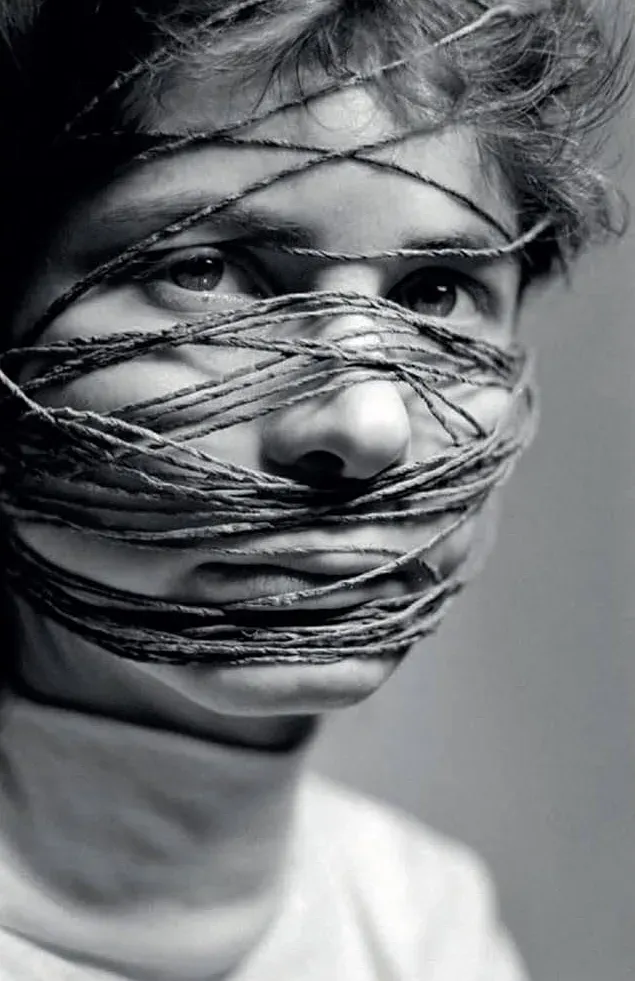
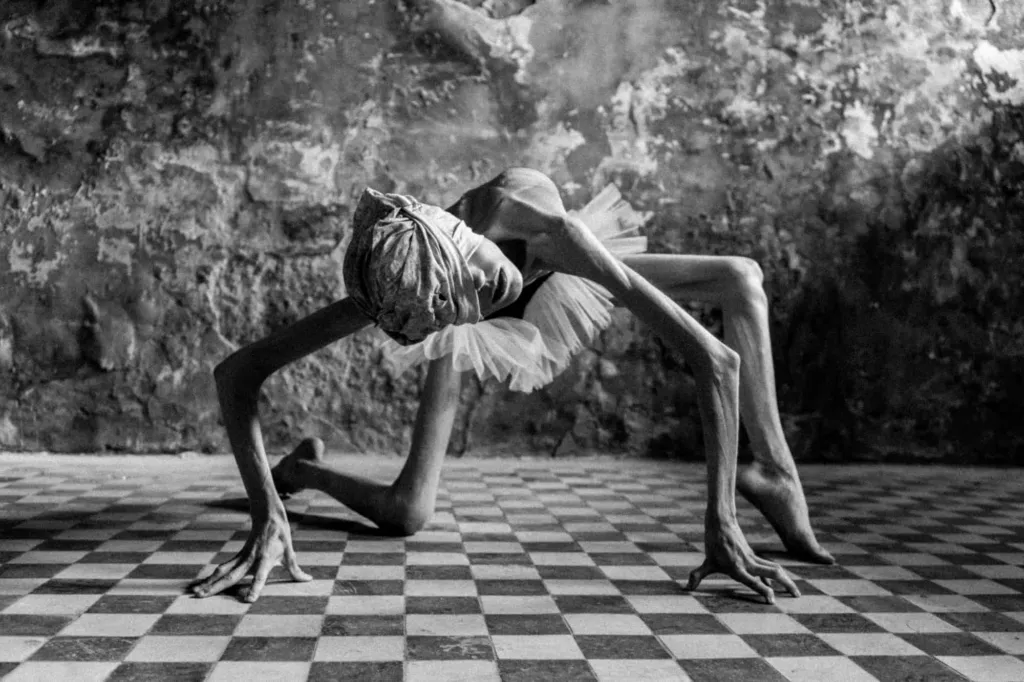 The Origins and Influence of Photography in Beksiński’s Work
The Origins and Influence of Photography in Beksiński’s Work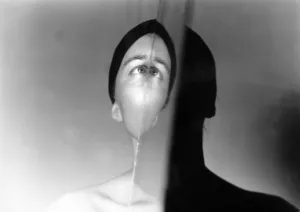 The Manipulation of Time and Space
The Manipulation of Time and Space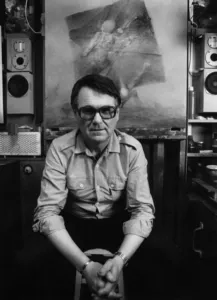 Photography as a Mirror of the Soul
Photography as a Mirror of the Soul